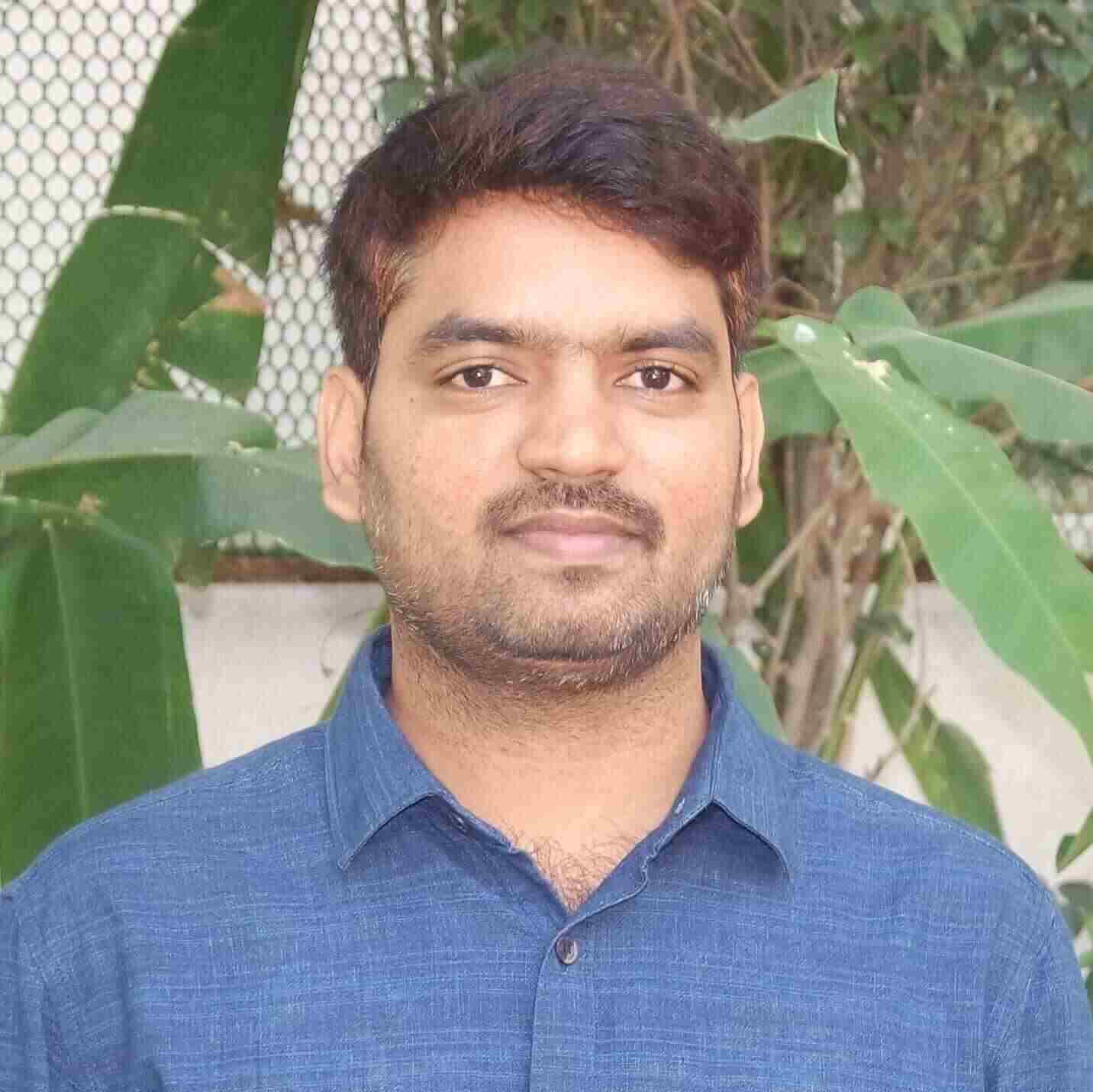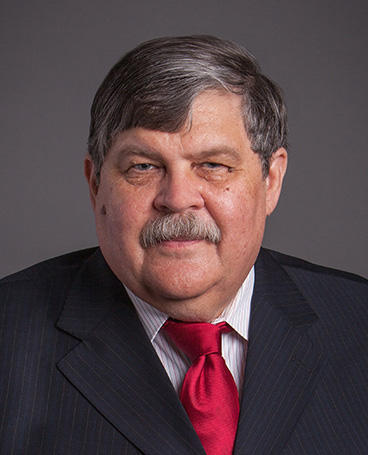Distribution Webinars
Presented by: Rampelli Manojkumar
This webinar presents the applications of smart power converters for energy management in low voltage distributions systems with case studies and results. The learning objectives are i) Understanding the applications of modes of operation of smart power converters i.e., grid following mode and grid forming mode. ii) Knowing the impact of smart power converters on voltage profile improvement during steady state operation of low voltage distributions systems. In grid forming mode, the converters are able to maintain the terminal voltage magnitude and frequency as per the given references. In grid following mode, the converters are able to maintain the active/reactive power references as per the given references. The power converters with this ability of operating in grid forming and grid following modes are considered as smart power converters. These smart power converters are helpful for implementing energy management applications like voltage profile improvement, peak shaving, minimizing energy demand, etc in power distribution systems.
INTENDED AUDIENCE:
Researchers/academicians of power and energy systems
ABOUT THE SPEAKERS
|
Tags & Topics for This Webinar:
Demand response, energy management; peak shaving; power converters; power loss; voltage control
AFTER THE WEBINAR IS PRESENTED
For any questions, please contact Phyllis Caputo at p.caputo@ieee.org. To view previous webinars on-demand, visit the IEEE Smart Grid Resource Center |
Presented by: Doug Houseman
The presentation draws from a large data set of actual North American Distribution Circuits and Substations to look at what happens and what is needed to make the energy transition. The underlying model has the ability to scale on a circuit by circuit basis solar PV, building electrification, energy storage, demand response, and electric vehicles. The presentation will focus on the “end state” of electrification in 2050.
Join us for Part Two (2) of Impact of Customer Actions on the Distribution Grid:
In Case You Missed Part One (1) of Impact of Customer Actions on the Distribution Grid:
INTENDED AUDIENCE:
Managers at Utilities, Financial Managers, Regulatory Personnel, Power Engineers
ABOUT THE SPEAKERS
|
Tags & Topics for This Webinar:
Electric Vehicles; storage; distribution; EV; Solar voltaics
AFTER THE WEBINAR IS PRESENTED
For any questions, please contact Phyllis Caputo at p.caputo@ieee.org. To view previous webinars on-demand, visit the IEEE Smart Grid Resource Center |
Presented by: Siddharth (Sid) Sridhar (corresponding presenter), Hawk Asgeirsson, and Scott Gibson
The Arlington Microgrid (MG) was approved for co-funding by the WA State Clean Energy Fund in May 2017. In February 2022, the Arlington MG was successfully commissioned and then accepted by Snohomish PUD (SnoPUD). While Covid impacted the timeline from funding-approval to acceptance, there were abundant technical challenges in the design thru deployment that added to this timeline. A major overall challenge that consumed significant engineering time and effort was integration across the various assets and the overall MG monitoring and control systems. This was particularly true for the Vehicle-to-Grid (V2G) portion of the Arlington MG’s overall scope.This would be expected given the very early stage of industry experience with V2G technology, vs the BESS and PV resources also connected to the MG. The Arlington demonstration is a great platform to evaluate what went right, and what needs further improvement to lower integration-related barriers to V2G’s broader industry adoption and use.
The webinar will start with a recap by SnoPUD of their Arlington Microgrid project, and specific integration challenges overcome to allow the V2G to participate as an active MG resource. This will be followed by a recap of an analysis performed by PNNL that 1) evaluated the Arlington V2G specification against newer and pending Standards that weren’t present to support initial project design and 2) identification of the standards that will have to be coordinated across two industries for V2G to flourish, i.e. the IEEE and SAE. The webinar will conclude with discussion on next steps from an industry perspective, e.g. what standards need further development to provide a prudent but receptive technical environment for V2G to evolve.
Presented by: Mangal Hemant Dhend
According to Department of Energy (DOE) “Grid 2030” initiatives, grid modernization in to smart grid has become mandatory. In the deployment of smart grid system current distribution systems are changing in its infrastructure due to addition of renewable distributed generations. Now a days wavelet transform is gaining name as extremely dominant and smart powerful tool in examination of fast momentary signals, analyzing power disturbance and power quality application. Present webinar will focus on demonstrating fault diagnosis using wavelet tool.
Learning Objectives of webinar:
After attending this webinar learners will be able to:
- Understand how fault diagnosis is done by decomposition of fault signal currents.
- Grasp implementation of fault signal analysis for evaluating fault type, classify them and find location.
- Compare results obtained with various feature like energy, entropy, and STD extracted from fault signal.
Conclusion- The audience would learn about basics of fault diagnosis in smart grid, application of wavelet transforms for finding fault type, analysis and location.
Presented by: Navid Bayati
The recent years have manifested considerable interest in the novel Microgrids and it increases the challenges related to the protection of these systems. Microgrids are an energy-efficient solution for applications where the majority of electronic loads are local, and the power is produced locally by PV arrays, wind turbines, or fuel cells. Due to the increasing penetration of DC loads and renewable energy sources (RESs) in recent years, utilizing DC systems could provide a more efficient power system due to the lack of skin effect, reduced power conversion stages, and lower line lengths. With the recent developments in power electronic devices, hybrid energy storage, RESs, and smart homes, the DC microgrids have immerged as an essential element for future power systems. However, due to the strict time limits for fault interruption caused by fast high rising fault currents in DC systems, DC microgrid clusters' protection remains a challenging task These developments lead to the integration of Microgrids to the existed networks. This webinar will cover theoretical and experimental progress in the designing of the protection system, fault detection, and location, for DC Microgrids, and analyzing the fault impact on these systems.
Presented by: Benoit (Ben) Marcoux
In this webinar, we offer some fact-based thoughts to fuel utilities’ push toward developing sound Electric Vehicle (EV) charging strategies, focusing here on light-duty passenger vehicles (such as cars and sport-utility vehicles) in North America. The bottom line is that, done right, EVs may prove to be good for utilities and their ratepayers.
Presented by: Dr M V Chilukuri
Subsynchronous Oscillations/Resonance (SSO/SSR) is a very important phenomenon in Wind Energy Integration to Smart Grid. Since 2009, there were several SSO events causing damage to the wind turbines across the world. The increase in integration of wind energy system to electric grid with series compensation leads to SSO with Type-3/4 Wind Turbines. In addition, it may also occur due to low SCR (weak grid), inverter controls connected to series capacitor, HVDC/STATCOM system. Recently, IEEE PES Task Force on SSO published TR-80 Report focusing on modeling and analysis of SSO. Study of SSO phenomenon in the Smart Grid requires advanced signal processing methods both for measurement and analysis. This webinar will discuss the modeling, detection and analysis of SSO in the Smart Grid. The application of Time-Frequency Signal Processing and Machine Learning for the study of SSO/SSR phenomenon under flicker and noise. Design of protection for the Wind Turbines as well as the system. It will also help in revision of IEEE Distributed Generation Standard 1547.
Presented by: Jens Schoene and Muhammad Humayun
Part 1 in 2 Part Series: Leveraging Sensors for Greater Situational Awareness
Objective:
To provide a real world example of a problem solution approach for improving Distribution System State Estimation (DSSE) for ADMS applications.
Topics:
- Current status of DSSE
- Limitations of current modeling schemes
- Identification of improvements that can be achieved by properly locating sensors and defining the key data acquisition requirements
- Development of a Sensor Strategy Plan
Learning Goals:
- Understanding the limitations of current approaches
- How to define requirements for sensors including optimal location, type and information requirements
- Creating of a standard approach for sensor deployment.
Presented by: Ron Chebra, Jens Schoene, and Brian Smith
Part 2 in 2 Part Series: Leveraging Sensors for Greater Situational Awareness
Objectives:
To provide an example of sensor selection, location optimization, data transport and handling for effective use in the enterprise.
Topics:
- Selecting the proper sensors for the application and enterprise use
- Placing the sensors at the optimal locations for greatest efficacy
- Determining the communications requirements (e.g. peak data rate, latency and coverage)
- Applying appropriate cyber requirements for data assurance and threat prevention
- Data ingestion approaches, validation and alignment
- Enterprise data distribution
Learning Goals:
- Develop proper rigor around sensor implementations including communication and data treatment
- Applying appropriate data trust levels to ensure proper cybersecurity measures
Presented by: Kay Stefferud, Neil Placer, and Brian Smith
Objective: Applying Enterprise Architecture to Smart Grid Projects
Topics:
1. Why Enterprise Architecture is key to smart grid success
2. Introducing Architecture Frameworks including The Open Group Framework Architecture (TOGAF®)
3. Smart Grid Architecture Models
4. Step-By-Step Architecture Process
5. Architecture Artifact Formatting Hints
Learning Goals:
1. Understand enterprise architecture’s application to Smart Grid projects
2. Understand basics of producing enterprise architectures



